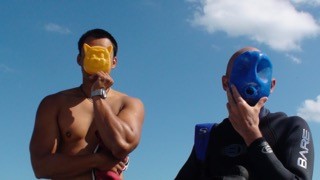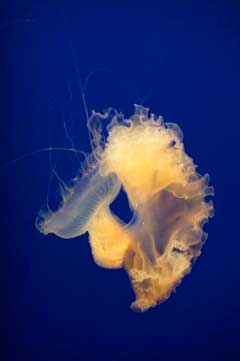Poland, Visual Arts, 2008
Agnieszka
Brzeżańska
Born in 1972, Poland
The Polish artist, Agnieszka Brzeżańska, works mostly with the mediums of painting, photography, film and video. The central strategy of her work lies in a shifting of her interpreted, visible ‘realities’ to a purely aesthetic level, where ‘abstraction’ and ‘realism’ are easily interchangeable. Thus, the imagery of Agnieszka Brzeżańska’s work is gently suspended with a kind of ‘after-image’ effect – inciting a viewer to a newly sensitized perception of the depicted subject.
Agnieszka Brzeżańska’s painting, “Oriana Fallaci” (1997-2006), is best understood with this in mind. This painterly stylized portrait – in this case an over-painting of an older painting – shows the head of a woman from behind, with a schematically ornamental haircut. This woman depicted this way in the painting – as the title reveals – represents the late, legendary Italian jounalist, Oriana Fallaci. She was a war-reporter in Vietnam, interviewed controversial politicians like Yassir Arafat or Deng Xiaoping, was deeply involved with the abortion debates of the 1970s, and it was Fallaci who claimed that Pier Paolo Pasolini was killed by a radical right-wing gang and not by a homosexual rent-boy. Brzeżańska honours this controversial woman in this faceless ‘after-image’.
In her videoloop “Blue Movie” (2007) the artist filmed some of her friends from the art scene, as they danced around naked in a dark, empty room to the soundtrack of a Blondie song. In the film “Blue Movie” – obviously a reference to the Andy Warhol’s film of the same title – you only actually see the silhouettes of the dancing figures. This aesthetic occurrence is not only reminiscent of rendering in Yves Klein’s late nudes, but also of the works of Henri Matisse. The key is, however, that these so-called ‘shadow figures’ do not directly represent the figure, but rather a kind of memory of their forms and – much in the vein of Plato’s Cave, the ‘essence’ of these graceful nude models.





